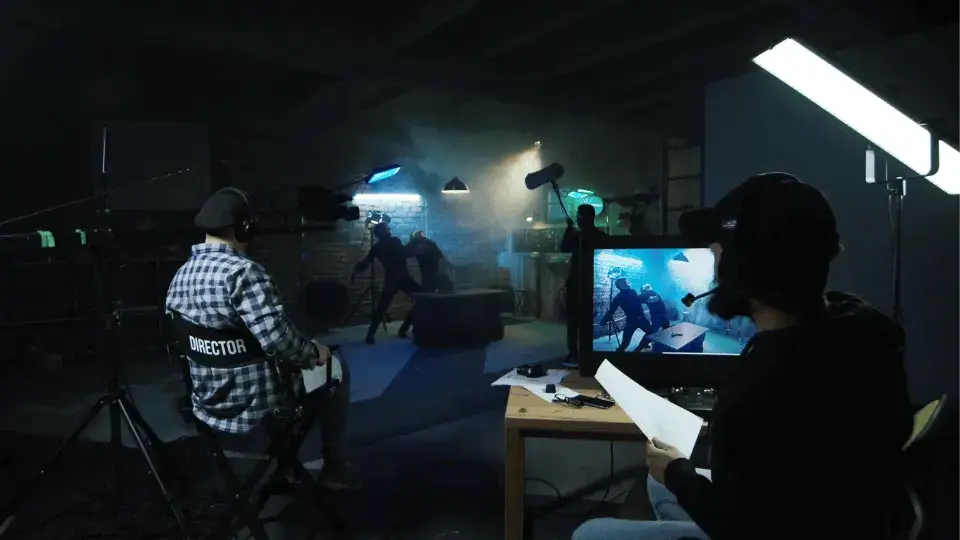Film Crew Positions for Aspiring Professionals
Discover the diverse range of film crew positions and their crucial roles in the creation of movies and TV shows. Explore the responsibilities of directors, producers, cinematographers, editors, and more. Unlock the keys to a successful career in the film industry.











